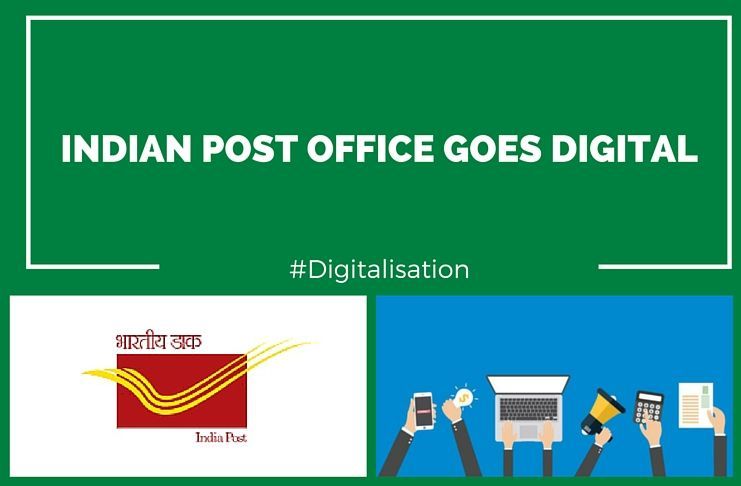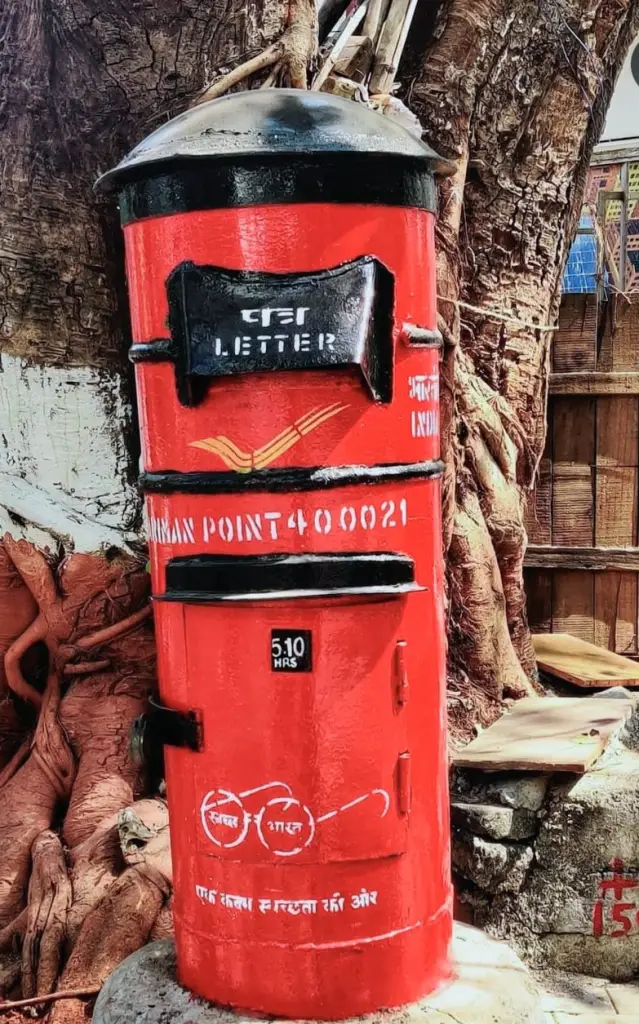By Sameer Rashid
When the red-and-white signboard of the local post office first appeared in remote Indian villages, it symbolised trust, communication, and connection. Letters, money orders, and parcels were once the lifelines between rural households and the wider world. Over time, however, as private courier companies and digital banking gained pace, the post office risked being seen as a relic of the past. But with the launch of IT 2.0 – Advanced Postal Technology (APT), India Post has rewritten its story, positioning itself not just as a surviving institution, but as a leader in the country’s digital transformation journey.
On August 23, the Department of Posts (DoP), under the vision of Prime Minister Narendra Modi and the guidance of Union Minister of Communications and DoNER Jyotiraditya M. Scindia, formally announced the successful nationwide rollout of APT. The new system represents the most ambitious technological leap in India Post’s history, seamlessly connecting over 1.65 lakh post offices and reaffirming its role as one of the world’s largest public service networks.

From Letters to the Cloud
APT builds upon the foundation laid by the IT Modernisation Project 1.0. Where the earlier phase brought computers and connectivity to India’s sprawling postal ecosystem, IT 2.0 takes the leap into next-generation digital architecture. Developed indigenously by the Centre for Excellence in Postal Technology (CEPT), the system runs on the Government of India’s MeghRaj 2.0 cloud and is supported by BSNL’s expansive network.
“This is Atmanirbhar Bharat in full strength,” said Minister Scindia at the launch. “APT will transform India Post into a world-class public logistics organisation, leading from the front under the Hon’ble Prime Minister’s vision for Digital India.”
The platform is built on a microservices and open API architecture, making it modular, flexible, and highly scalable. In practical terms, this means faster transactions, fewer glitches, and the ability to integrate with other government and private sector systems with ease.
What’s New for Citizens?
For the average customer—whether a farmer in Pulwama or a small business owner in Bengaluru—the changes are tangible. The single, unified interface provides a smoother experience across services: from booking parcels to receiving financial transactions.

Some of the headline features include:
- End-to-end digital solutions covering booking to last-mile delivery.
- Next-gen customer tools like QR-code payments and OTP-based deliveries for added security.
- DIGIPIN, a 10-digit alphanumeric code designed to reduce errors in addressing and enhance delivery accuracy.
- Open network connectivity, ensuring that even remote rural areas remain seamlessly connected.
- Enhanced reporting and analytics, allowing the Department to make data-driven decisions in real time.
Such features may sound like technical jargon, but their impact is far-reaching. For rural citizens, reliable connectivity means timely pension disbursals, smooth postal banking, and affordable parcel deliveries. For small businesses, it translates into faster logistics support, helping them compete in the growing e-commerce economy.
A Rollout With Precision
A project of this scale could not be implemented overnight. The rollout began with a pilot in Karnataka Postal Circle in May–June 2025. After fine-tuning the system based on real-world challenges, the programme expanded in carefully staged phases. The Jammu & Kashmir Postal Circle was among the early adopters, with implementation completed between July 15 and August 4.
By August 4, 2025, all 23 postal circles were onboarded, covering not just post offices but also mail offices and administrative units. The final tally: more than 1.70 lakh offices now live on APT, making it one of the most extensive public-sector digital deployments in the world.
Training the Human Backbone
While technology provides the platform, its success ultimately rests on people. Recognising this, India Post undertook one of the largest training exercises in its history. More than 4.6 lakh employees were trained using a cascade model—beginning with Master Trainers, filtering down to User Champions, and finally reaching End-Users.
The philosophy was simple: Train, Retrain, Refresh. This ensured that even employees who had spent decades in the system could comfortably adapt to new tools and digital workflows.
The results have been impressive. The system has already demonstrated its capacity by handling 32 lakh bookings and 37 lakh deliveries in a single day without a hitch—a scale unmatched by many private logistics firms.
Bridging the Digital Divide
India Post’s legacy has always been about reach. In places where banks don’t exist, schools are far, and healthcare is scarce, the post office often stands as the sole government presence. With APT, this reach is not just geographical but digital. By embedding financial inclusion tools, e-governance integration, and secure transactions into its framework, India Post has positioned itself as a bridge across the rural–urban digital divide.
It also dovetails neatly with the Government’s Make in India vision. By relying on homegrown expertise like CEPT and deploying the system on indigenous platforms like MeghRaj 2.0, the project underscores India’s capacity for technological self-reliance.
The Road Ahead
The successful rollout of IT 2.0 is not an endpoint but a foundation. Analysts believe that with APT in place, India Post is better positioned to collaborate with fintech firms, integrate with e-commerce platforms, and even serve as a logistical backbone for government welfare schemes.
For many citizens, the post office is no longer just about mail. It is their bank, their courier, their access point for government services. With APT, that access becomes faster, safer, and more efficient.
As the red post box, once a symbol of analog India, finds itself in the digital era, the journey of India Post mirrors the nation’s own transition—from tradition to technology, from paper to cloud, from local to global.
In the words of one postal worker in Srinagar: “We may still wear the khaki uniform, but our services are now digital. The trust is the same, but the speed is new.”
With IT 2.0, India Post is not just delivering parcels—it is delivering the future.
The views expressed in this article are solely those of the author and do not necessarily reflect the opinions or views of this newspaper